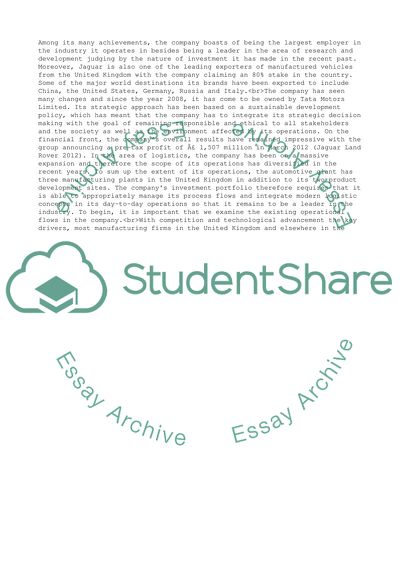Cite this document
(“Business Logistics Essay Example | Topics and Well Written Essays - 2500 words”, n.d.)
Business Logistics Essay Example | Topics and Well Written Essays - 2500 words. Retrieved from https://studentshare.org/business/1613366-business-logistics
Business Logistics Essay Example | Topics and Well Written Essays - 2500 words. Retrieved from https://studentshare.org/business/1613366-business-logistics
(Business Logistics Essay Example | Topics and Well Written Essays - 2500 Words)
Business Logistics Essay Example | Topics and Well Written Essays - 2500 Words. https://studentshare.org/business/1613366-business-logistics.
Business Logistics Essay Example | Topics and Well Written Essays - 2500 Words. https://studentshare.org/business/1613366-business-logistics.
“Business Logistics Essay Example | Topics and Well Written Essays - 2500 Words”, n.d. https://studentshare.org/business/1613366-business-logistics.


